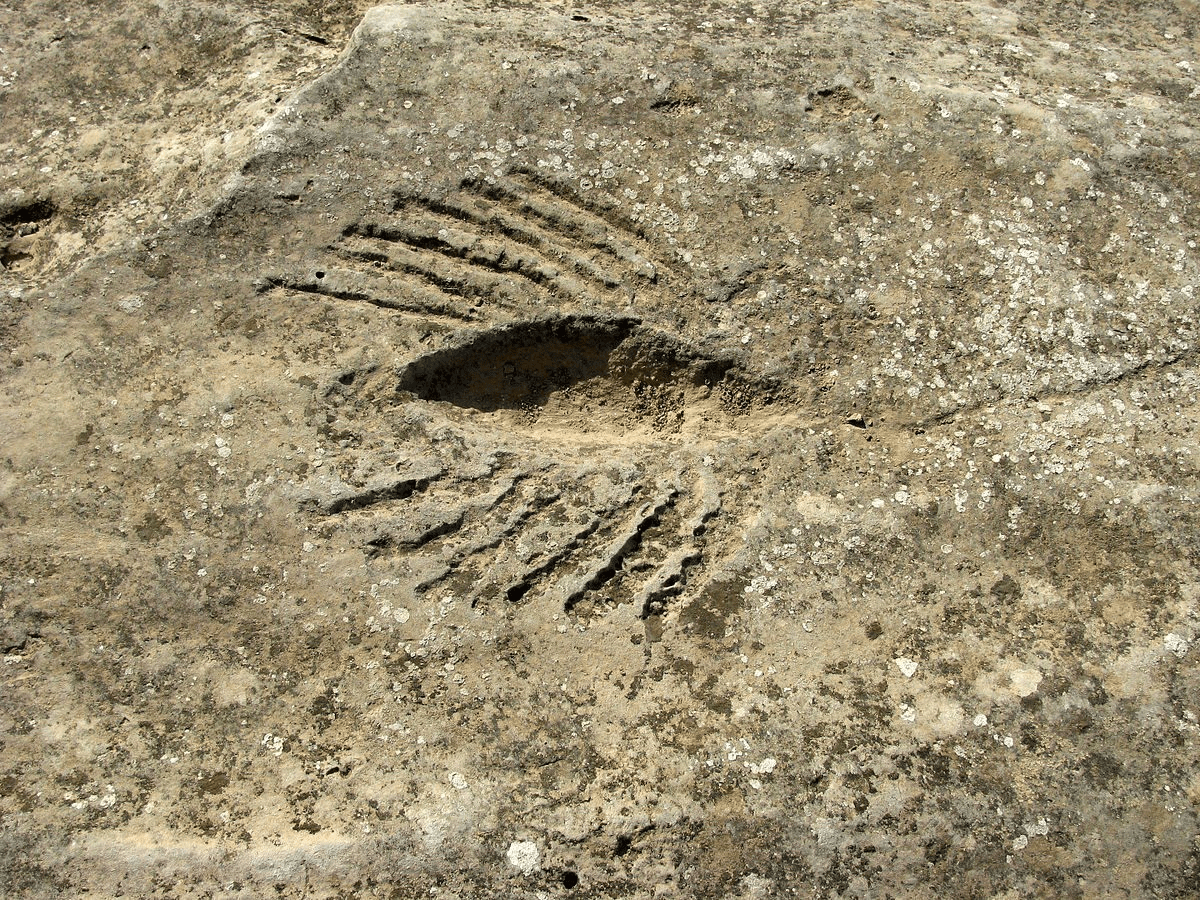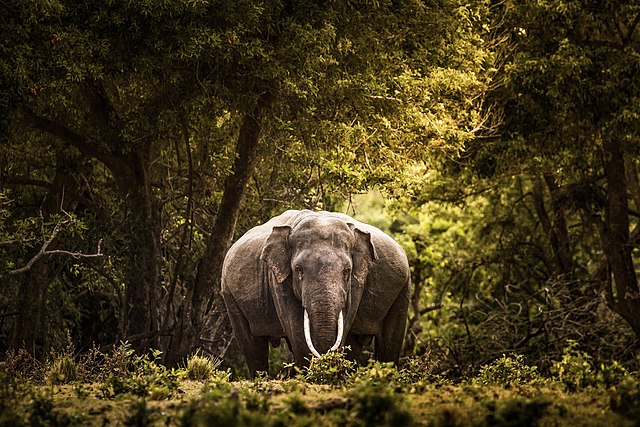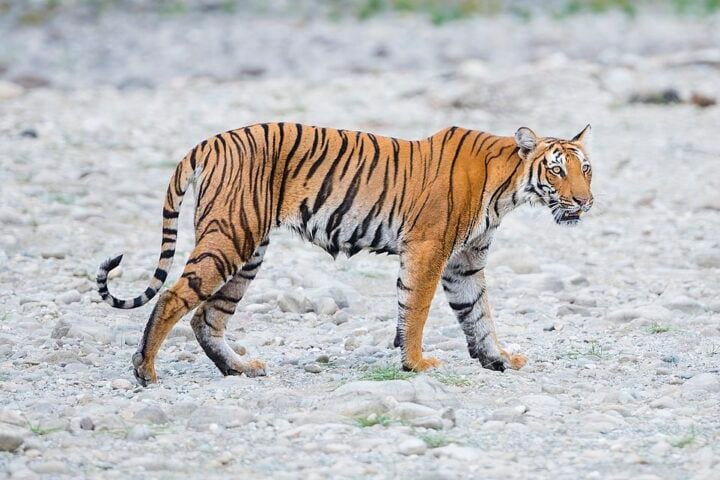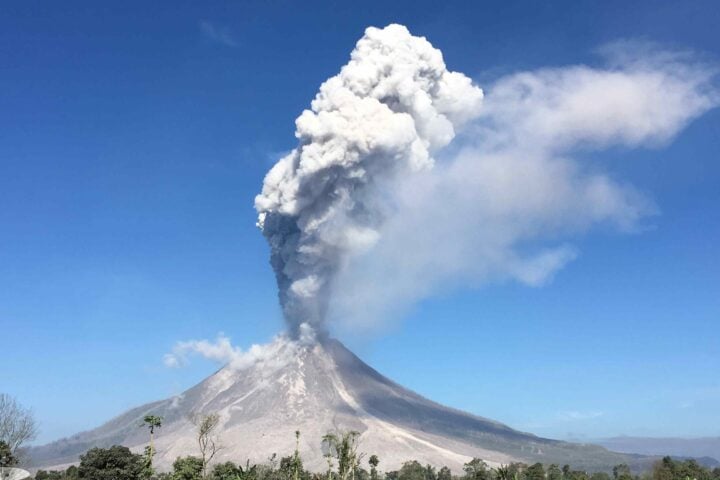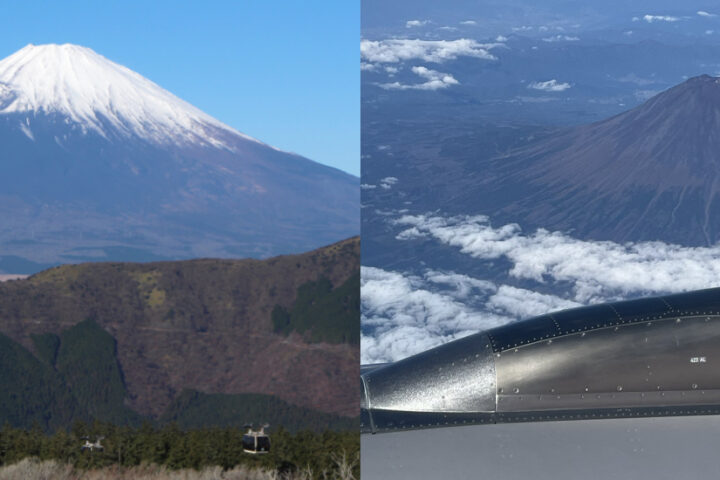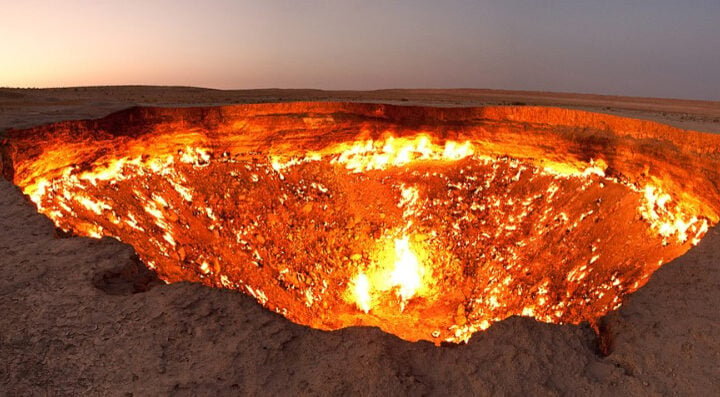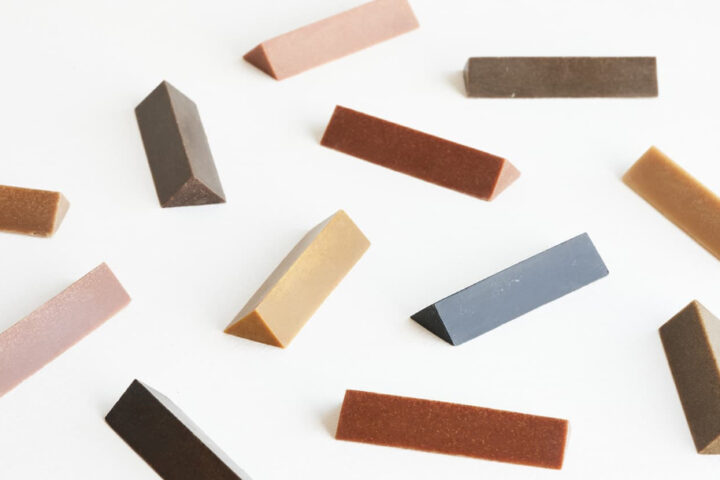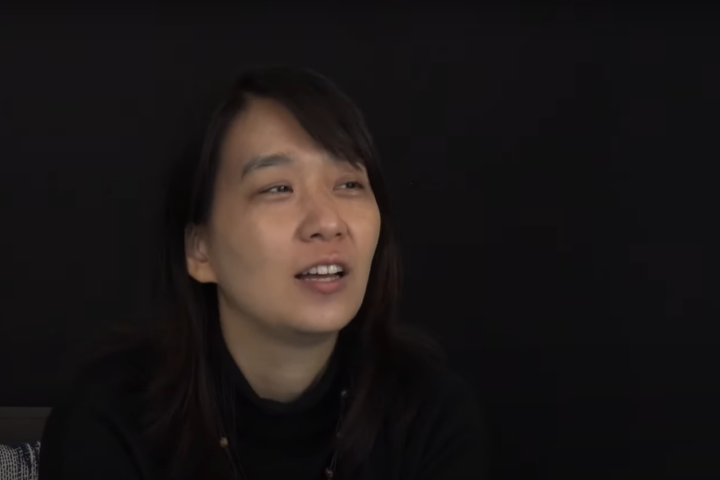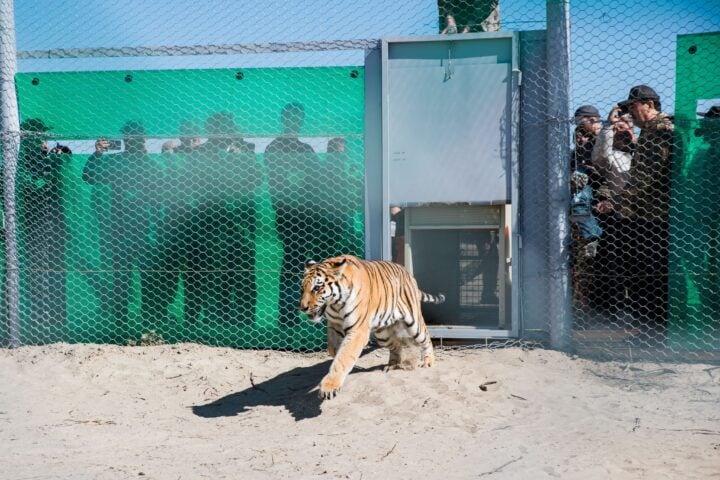The Gulf country’s largest & most rock art site, is located on a desolate & windswept corner of Qatar’s northeastern coast.
A British team of archaeologists working with locals found the rock carvings at Al Jassasiya only fairly recently in 1950 .
The meaning of Al Jassasiya is “hill” or ‘the searchers’ in Arabic, likely used to observe ships, & the area is close to the abandoned town of Al Huwaila, a port that flourished between the 16 th & 18 th century. Perhaps the most important historic site in Qatar, the site has become a popular tourist destination.
A total of some 900 rock carvings have been found by archaeologists, or “ petroglyphs”, at Al Jassasiya, mostly enigmatic cup marks arranged in various patterns, including rows & rosettes, but also eye-catching representations of sailing ships, among other symbols & signs.
Historians have been helped by rock carvings to understand prehistoric people & mysterious cultures, & some of the most impressive rock carvings. In all of the Middle East are the Al Jassasiya rock carvings in Qatar.
Although the creators & the meaning of the Al Jassasiya remain a mystery, they represent a high degree of creativity & observation skills of the artists who made them.
Al Jassasiya ‘s history has little documentary evidence, & some have argued that the rock carvings were related to the pearl trade, while others believe that the age of the rock carvings is older by thousands of years.
There has been an evolution of theories to explain the patterns & holes carved into the soft limestone, with some suggesting that they were part of a board game, while others believe that the holes were used to store pearls, for divination or to compute the time & tides.
There are 880 petroglyphs at the site, found on the Jabals (hills) on a limestone escarpment approximately 20 feet(7 meters), & others, stretching across an area of 700 meters (roughly half a mile) Wide. More than a third of all the documented single figures & compositions, consist of Cup marks in various configurations, shapes & sizes.
The pattern, most prominent, involves two parallel rows of seven holes , leading some to believe that these were used to play mancala, a board game popular in many parts of the world since antiquity.
This theory has been disputed by others, pointing to the fact that some of the holes at Al Jassasiya are too small to hold any of the stones, while others can be found on slopes-an impractical choice that would have resulted in the counters falling out.
An hour north of Qatar’s uber-modern capital, Al Jassasiya has become a popular tourist destination. The rock carvings of Al Jassasiya, still an enigma decades after they were first studied, represent an intriguing glimpse into the mysteries of prehistoric Qatar.
